
Dear reader,
Since starting my crypto writing journey earlier this year, I’ve managed to pick up a few different coins and tokens along the way. Now one thing you should know about me is that I’m what’s known in the space as crypto agnostic. I hold no firm allegiance with any particular ecosystem (although there are a select few projects and protocols that I am considerably more bullish on).
As I’m an active poster on both read.cash and noise.cash, I’ve been meaning to learn more about the real world utility of Bitcoin Cash. I also thought I’d do a follow up post on my recent artificial intelligence article because I feel somewhat responsible for having brought new sets of eyes into the Bitcoin Cash world. What can they do with this magical mystery coin?
Let’s dig in!
A key distinction
When it comes to crypto writing, it can be beneficial to start by stating the obvious, just for the sake of security and to avoid calamity in this complex crazy world of cryptocurrency. And that obvious disclaimer is that we are talking today about Bitcoin Cash (ticker $BCH) and not Bitcoin (ticker $BTC). These are 2 different currencies that exist on different “payment” networks (blockchains).

They do share a common history pre-2017, but besides that it’s very important that you recognise which currency you have in your possession before making any transactions.
Exchanges
The easiest and most straightforward way to get in or out of Bitcoin Cash is through an exchange. BCH is one of the largest cryptocurrencies out there so you’d be hard pressed to find an exchange that doesn’t support it. Unless you received some coins through a site like read.cash or noise.cash, you can just go to one of the bigger exchanges like Coinbase or Binance to get your hands on some digital dosh. An extensive list of exchanges and BCH trading pairs can be found on CoinMarketCap.
Once you’ve made your transaction, the best thing you can do is take self-custody of your coins. Not only is this the most secure way to hold your crypto, it’s also the most practical way to transact outside in the real world.
So what is a wallet?
The term wallet is actually a bit misleading as the coins themselves remain inside the Bitcoin Cash network. The job of the wallet is to calculate how many coins are designated to you, the owner of the wallet. The wallet itself comes with a public address and a private key. Think of the public address as the address of your house and the private key as the key into your house. You don’t mind sharing your address to people or services who need to transact with you, but you wouldn’t want to give them your house key. This same principle applies to your crypto.
Now that we know about coins, addresses and private keys, let’s see how this all plays out together. Quite simple actually. As stated before, the coins live on the network and are designated to a particular address (which is linked to its respective private key). The owner of this private key is able to sign cryptographic transactions through the wallet software, which in turn tells the network to designate these coins to a different address. As soon as the network updates itself, the coins now belong to the new address.
In practice, a buyer would go into a shop with their Bitcoin Cash wallet, scan the seller’s QR code in order to read their public address and send a signed transaction to the network to announce the transfer of X amount of BCH to the new address.
Wallets come in many different forms and this is a topic that would merit its own entire article, so for the time being I’ll leave you with a link to the bitcoincash.org website where you can learn more about the various wallets on offer:
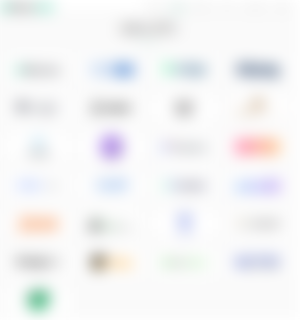
Bitcoin Cash accepted here
OK I think it’s time to go shopping!
First of all we need to be sure that we’re dealing with BCH merchants. As Bitcoin Cash is a decentralised, permissionless network, there are no rules set in stone as to what you need to provide for your point of sale. But many people have come to use familiar logos such as this one below in order to be recognisable:
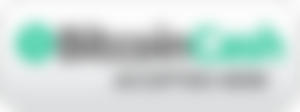
City Tripping
I’ve always been fascinated by maps, so I was happy to find this useful interactive map on bitcoin.com that lists out BCH merchants all over the world. I’ll let you click on the link and discover it for yourself, but here were a few insights of mine:




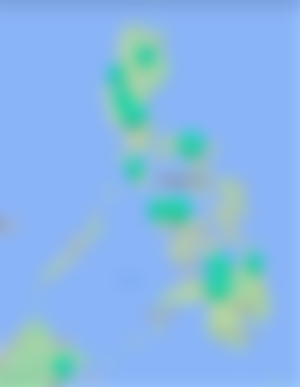
There are 2 countries in the world that have announced Bitcoin (BTC) as legal tender, so I was curious to see what the levels of BCH adoption were there.


Real life use cases
While certainly interesting to look at, maps only give so much information and their geographic placements don’t really give us any insights into the mentality of the buyers themselves. So I knew just the place to reach out to people all across the world in order to get a quick bit of feedback: noise.cash.
I asked:

They delivered:




So, I hope that with the help of my curious cartography skills and the help of some friendly BCH writers, we’ve managed to give you some inspiration for what to do with your satoshis. Seeing as the market is in such a terrible state and we’re still 2 years away from the next halving event, I know what I’ll be doing with mine.
Talk to you next time sat stackers.
JaseDMF
Original content, copyright © JaseDMF 2022. First published on Medium.
Let’s connect:
Twitter | Medium | Publish0x | Read.cash | Noise.cash | Hive
Disclaimer: some URLs may include affiliate links. These don’t cost you any money, nor do they alter your web browsing experience. They do however help yours truly keep the heating on in the winter!


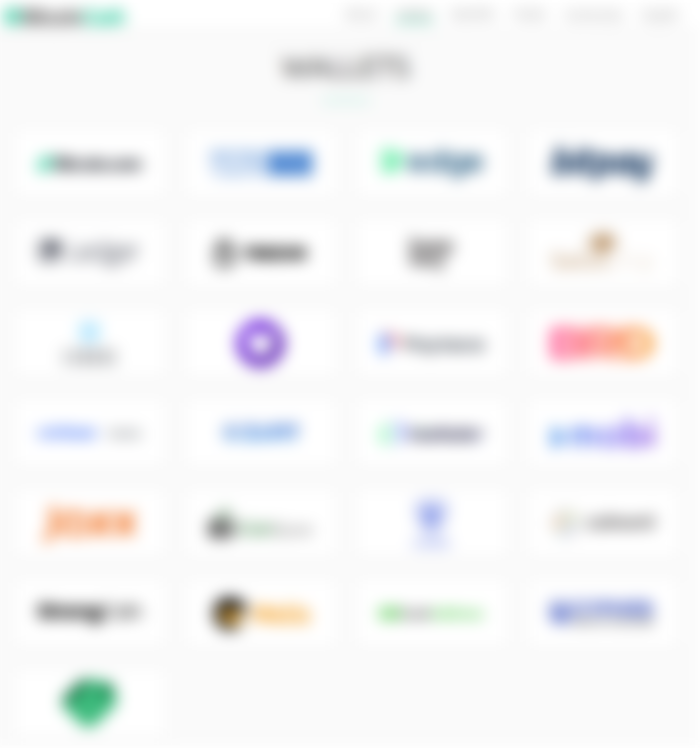
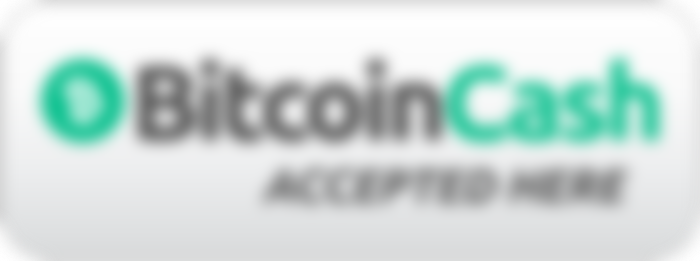


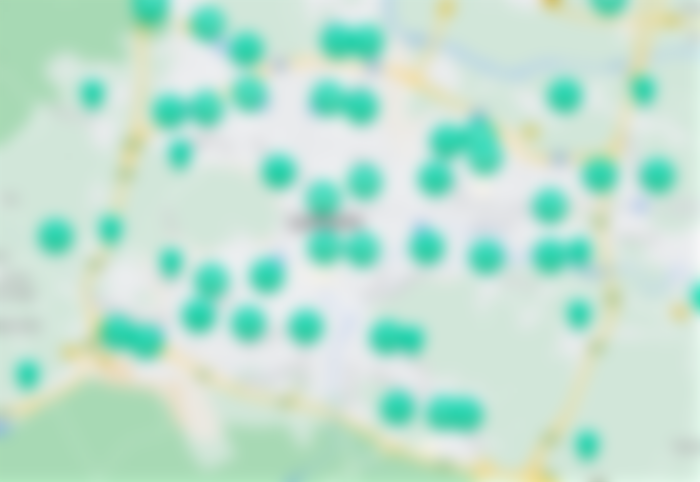
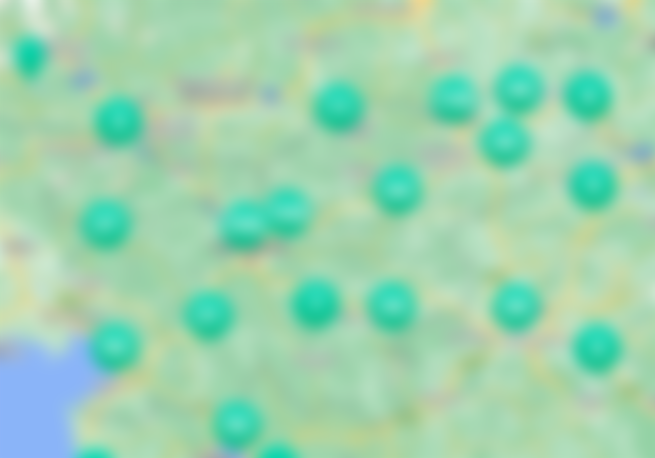
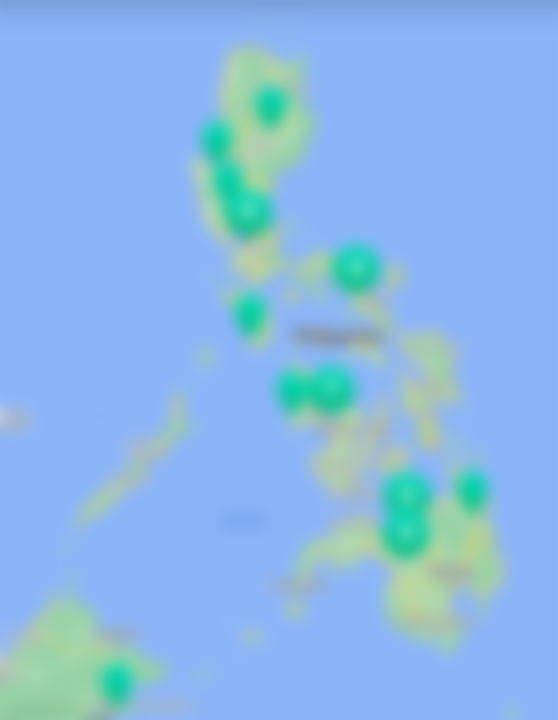
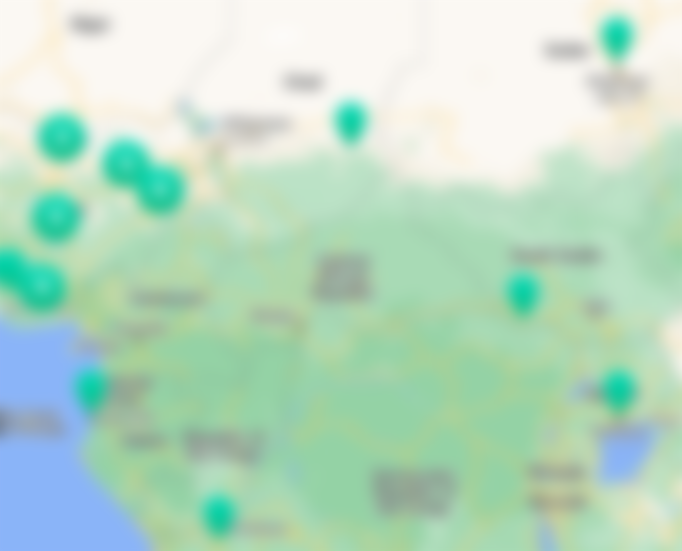
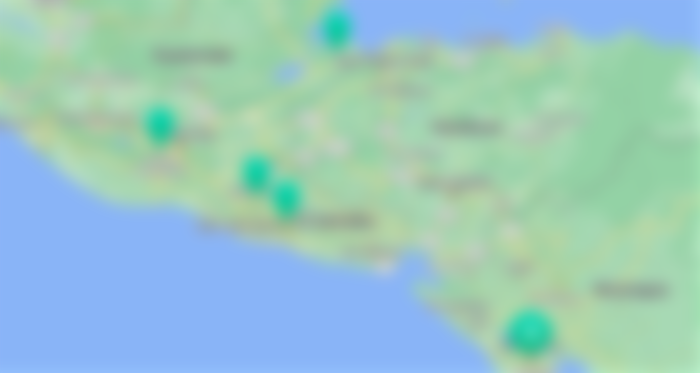





Wao! This article is very informative and educative. I think you deserve an award. Keep it up